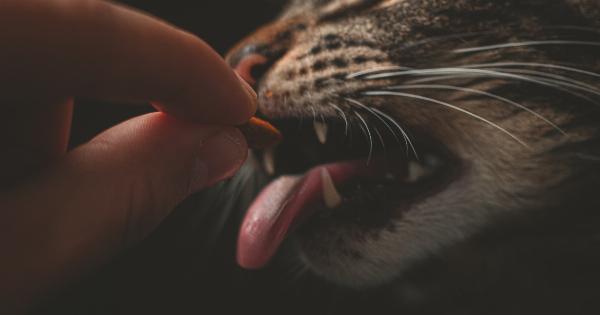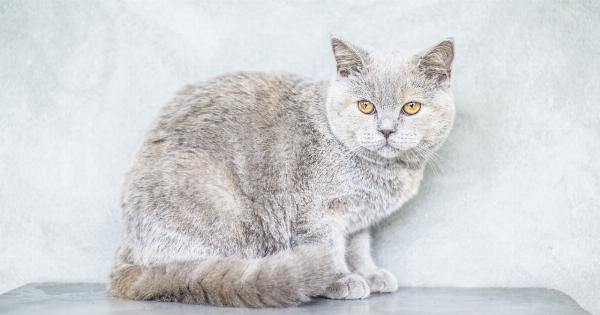Cats are one of the most common household pets around the world. They are adorable, comforting, and can be a wonderful addition to any home. But, there are potential health risks that come with owning a cat.
These risks are not only for the cat owners, but also for those who come into contact with them. In this article, we will explore some of the health risks of owning a cat and how to avoid them.
Allergies
One of the most common health risks of owning a cat is allergies. Cat allergies are caused by the proteins found in their skin, saliva, and urine. These proteins can trigger an allergic reaction in some people.
Symptoms of cat allergies include sneezing, runny nose, itchy eyes, and skin rashes. In severe cases, people with cat allergies may experience difficulty breathing.
Asthma
Cat allergies can also lead to asthma in some people. Asthma is a chronic respiratory disease that causes inflammation and narrowing of the airways.
When exposed to allergens like cat proteins, people with asthma may experience coughing, wheezing, and shortness of breath. In severe cases, asthma attacks can be life-threatening.
Tapeworms
Tapeworms are a common health risk for cats and their owners. Tapeworms are flat, segmented worms that can live in the intestines of cats. Cats can become infected with tapeworms by ingesting fleas while grooming themselves.
Humans can also become infected with tapeworms by accidentally ingesting fleas or by coming into contact with contaminated cat feces. Symptoms of tapeworm infection in humans include abdominal pain, nausea, and weight loss.
Roundworms
Roundworms are another common parasite that can infect cats and their owners. Roundworms are long, thin worms that live in the intestines of cats. Cats can become infected with roundworms by ingesting contaminated prey or feces.
Humans can become infected with roundworms by accidentally ingesting contaminated soil or coming into contact with contaminated cat feces. Symptoms of roundworm infection in humans include nausea, vomiting, diarrhea, and abdominal pain.
Toxoplasmosis
Toxoplasmosis is a parasitic infection that can be transmitted from cats to humans. Cats become infected with toxoplasmosis by ingesting infected prey or by coming into contact with contaminated soil.
Humans can become infected with toxoplasmosis by accidentally ingesting contaminated soil, by eating undercooked meat from infected animals, or by coming into contact with contaminated cat feces. In healthy individuals, toxoplasmosis may not cause any symptoms. However, in people with weakened immune systems, it can cause severe illness.
Bites and Scratches
Cats may scratch or bite their owners or other people, which can result in injury. Cat bites and scratches can lead to infections, particularly if they are not properly cleaned.
The bacteria found in cat saliva can cause serious infections, such as cat scratch fever. Symptoms of cat scratch fever include swollen lymph nodes, fever, and fatigue.
Rabies
Rabies is a viral infection that can be transmitted from cats to humans. Rabies is transmitted through the saliva of infected animals, usually through a bite. Symptoms of rabies in humans include fever, headache, muscle weakness, and seizures.
If left untreated, rabies can be fatal.
Prevention
Fortunately, there are ways to prevent many of the health risks of owning a cat. Here are some tips:.
- Regularly clean your cat’s litter box
- Wash your hands thoroughly after handling your cat or cleaning the litter box
- Keep your cat indoors to reduce exposure to parasites
- Keep your cat up-to-date on vaccinations
- Regularly groom your cat to reduce shedding of allergenic proteins
- Trim your cat’s nails to reduce the likelihood of scratches and bites
Conclusion
Owning a cat can be a wonderful experience, but it is important to be aware of the potential health risks. By taking the necessary precautions, you can greatly reduce the likelihood of encountering health problems associated with cat ownership.
If you have concerns about your health or the health of your cat, consult your healthcare provider or veterinarian.





























